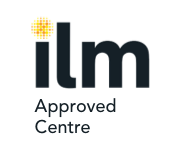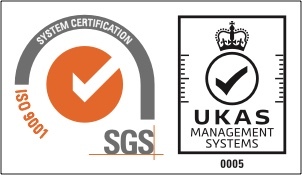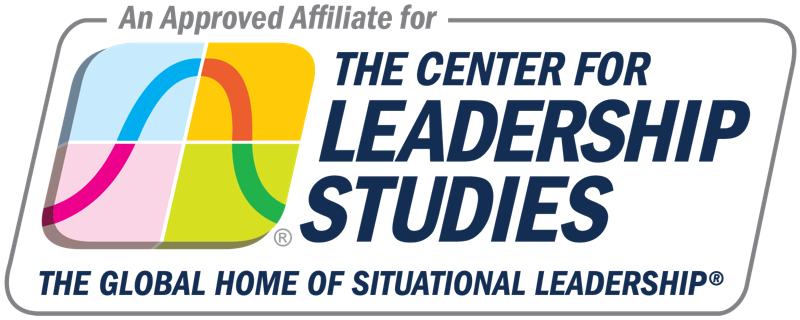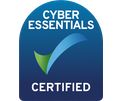
It’s long been said that change is the only constant. Without it, there’s no growth and no progress. Today, as businesses grapple with rapid technological shifts, evolving market demands and the rise of hybrid working, the traditional paradigms of leadership are being reimagined. Modern leadership development leaves the corporate ladder behind, in favour of a fresh, flexible and inclusive approach that spans the entire organisation.
This evolution is not just a response to the changing business environment; it's a strategic shift to unlock the full potential of a diverse (and often geographically dispersed) workforce. At the heart of this transformation is the recognition that the key to unlocking high employee engagement lies in embracing Situational Leadership®.
How Situational Leadership® Can Unlock Collaboration and Engagement in 2024
Recent research suggests 39% of employees around the world feel there’s not enough collaboration within their organisation, and yet 75% of employers rate collaboration and teamwork as ‘very important’. Situational Leadership®, with its adaptable nature, offers a solution to the pressing challenge of fostering effective teamwork and collaboration. By understanding and adapting to each team member's diverse needs and readiness levels, leaders can create a more cohesive and collaborative work environment. This approach is not just about adopting the most suitable leadership style for the people concerned, the task in front of them and the emotions they're experiencing. It’s about recognising and harnessing the individual strengths and motivations of employees to encourage active participation and cooperation.
Empowering Teams in a Changing World
The move towards a strategic, inclusive model of leadership reflects a deeper understanding of the modern workforce's needs. Many companies across the UK and overseas have transitioned toward a larger hybrid and remote workforce, and this is why Situational Leadership® emerges as a critical framework, offering leaders the tools to effectively support and empower their teams, regardless of location. Whether they are working from an office or remotely, they need to feel connected, understood and valued.
Leaders who practice Situational Leadership® are equipped to navigate the challenges of remote teamwork, such as fostering a sense of belonging, maintaining communication, and ensuring that all team members are engaged and motivated. Leaders will adapt their style to the readiness level of each employee as well as their unique strengths and perspectives. This can involve more direct, hands-on guidance for those who may struggle with the isolation or self-management aspects of remote work, to delegation and empowerment for those already demonstrating high levels of autonomy and proficiency.
In a recent blog, we discussed how Situational Leadership® is all about acknowledging that people are unique – their needs, capabilities, and aspirations vary. This is critical in today’s increasingly AI world because as AI technologies increasingly influence how we work, they also reshape the skillsets required for success. Situational Leadership® can help leaders identify individual learning needs and adapt their approach to foster an environment of continuous learning and growth, whether changing how they communicate, giving instructions, or providing support based on what would be most effective for that team or individual. Ultimately, by embracing change and adapting to the situation, leaders and businesses will be better positioned to guide their teams through the complexities of adapting to new AI tools and processes.
Is Engagement the Path to Retention?
It’s a simple yet profound truth: when individuals feel truly valued, understood, and excited by their work, they become more committed. Situational Leadership® is focused on nurturing trust and relationship building, which benefits the everyday experiences of your team. By demonstrating adaptability and a genuine interest in your employees' development, you can build a supportive and trusting work environment that encourages higher levels of engagement.
A Few Top Tips
- Assess Readiness: Regularly evaluate the competence and commitment levels of each team member to identify the most appropriate leadership style.
- Adapt Flexibly: Be prepared to flexibly shift leadership styles as individuals progress or as different situations arise.
- Communicate Effectively: Maintain open lines of communication, providing clear guidance, feedback and support tailored to the individual's needs.
- Foster Growth: Encourage development by providing opportunities for learning and growth, aligned with the employee's readiness level and aspirations.
If you’re keen to develop your leadership skills and inspire your team to success, you can discover our Situational Leadership® accredited programmes here. For further information or advice, please contact our friendly training experts on 01252 618 400 or email theteam@gbscorporate.com.
Situational Leadership® and Performance Readiness® are registered trademarks of Leadership Studies, Inc. dba The Center for Leadership Studies. Copyright ©2015, Leadership Studies, Inc. All Rights Reserved.






